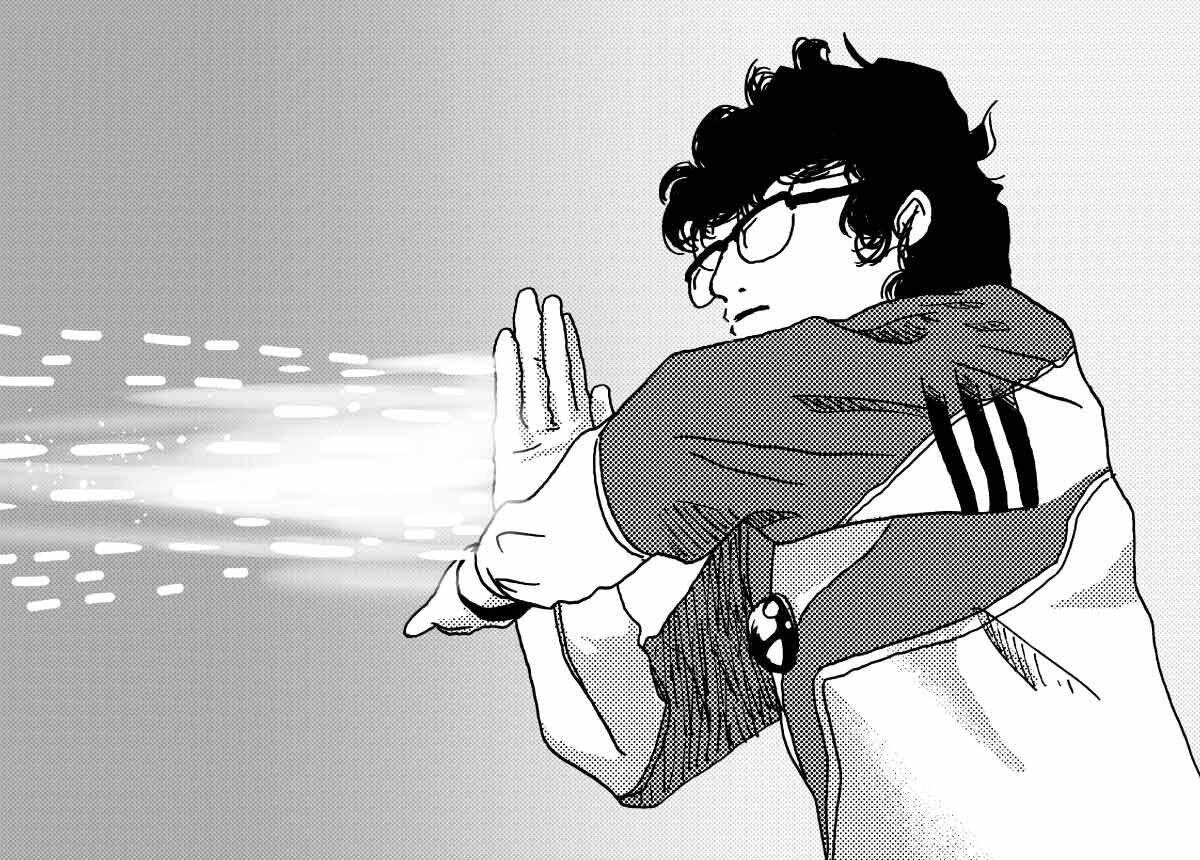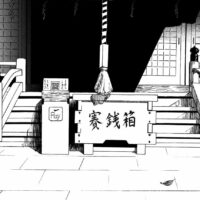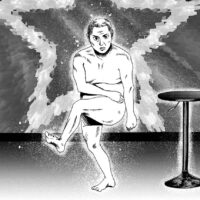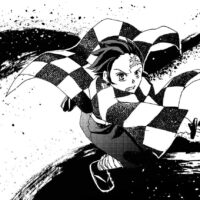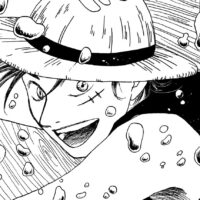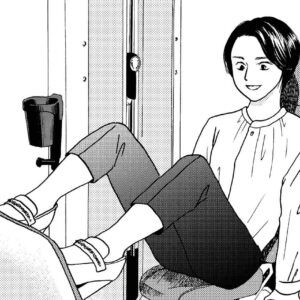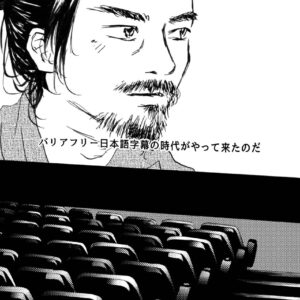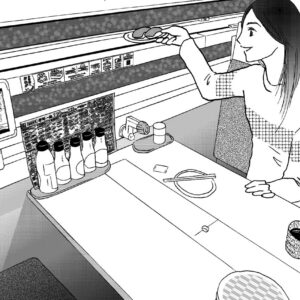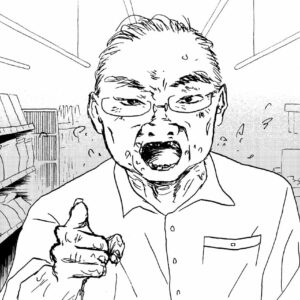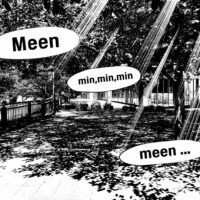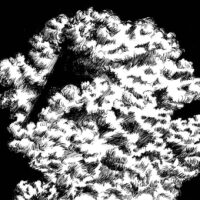Daikon Film’s Return of Ultraman, an independent film directed by Hideaki Anno when he was in college, is now available on Amazon Prime Video. You may have to use a Japanese IP address to see it, so please take advantage of the VPN platform to see it!
This video shows the kind of people who have fostered Japanese animation and Otaku (nerd) culture. It was created by amateurs who loved and crazy about battle heroes, special effects, and other entertainment works that already existed at the time, and decided to create them their own. Their work were beyond the level of amateurs.
Who is Hideaki Anno anyway? He is a person who is considered one of the four great Otaku of Japan. He created the anime Neon Genesis Evangelion in 1995. He remains one of the leading figures in Japanese animation production. The video I am referring to is a 28-minute video produced in 1983 by a group of amateurs, including him. Anno was 23 years old. It was created as an homage by a group of university students who were into Ultraman, a special effects TV drama popular in Japan in 1970.
However, what people watched was not the handmade video of a college student, but the work of a proper professional. The film has scenes of fighter jets launching from bases and giant monsters walking through the streets and explosions. They are reproduced in elaborate miniature models without discomfort. I could even see the fighter planes and their launching bases, made of cardboard, overlapping with similar scenes I saw in Top Gun Maverick in 2022.
What makes this amateur production so watchable is not only the high level of skill of the production team, but also the fact that they borrowed the professional sound sources of the original work they became obsessed with. They borrowed them without permission, which was of course illegal. But here is why Japanese Otaku culture has developed. The companies that held the marketing rights allowed their fans to create works based on imitations or partial borrowings from existing commercial works. This is called “secondary creation.” Companies turned a blind eye to such things because as fan creations become more popular, sales of official works increase as a result.
Companies were only reluctant to warn against unauthorized use, rather than actively granting permission in secondary works, but as a result of the excessive quality of this students’s work, official permission was granted in 2001, including the use of characters and sound sources. And now the 1983 film is available on Amazon prime video. The students who created these works at that time later became professionals and created the heyday of Japanese animation from the 1990s to the 2000s. Some of them are still at the forefront of the animation industry.
This 28-minute video shows us the kind of people who “love something to the hilt” and their creativity.



